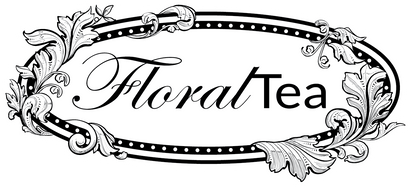Your Cart is Empty
FREE DELIVERY QC & ON $50CAD | REST OF CANADA $75CAD | USA 100$CAD
FREE DELIVERY QC & ON $50CAD | REST OF CANADA $75CAD | USA 100$CAD
The story of the sunflower

The sunflower (Helianthus annuus) is a summer annual well known for its large, daisy-shaped flowers that can produce several hundred seeds each. The name is derived from the Greek words helios (sun) and anthos (flower) The reason for the name is that the flowers are heliotropic; they lean towards the sun.
The sunflower is the symbol of the sun god because at dawn it begins to turn its flowers towards sunrise. In Greek mythology, the sunflower was born from a water nymph in love with the Sun god Apollo. When he did not return her affections, she watched him from morning till night and soon her hair turned into golden petals; her face, in the center of the flower, and her body, in the stem. The sunflower is often used as a symbol of green ideology. It is now the symbol of the Vegan Society.
Native Americans are thought to have used the sunflower for over 3000 years before the plant was introduced to Europe in the 16th century. The Maya worshiped the sunflower as a symbol of light and fertility. They drank sunflower leaf tea and ate the seeds, stems, leaves and petals. Today, the plant grows in many regions, especially in Europe and Central America.
With its bright yellow petals, the beautiful sunflower plant is a feast for the eyes, and is often used in gardens, summer bouquets, decorations and crafts such as soaps, candles and potpourri. Sunflower petals produce a natural food coloring ranging from golden yellow to orange. The seeds are the most consumed part of the plant, but the flower petals, leaves and stems are also edible. Sometimes sprinkled on salads, sunflower petals can also be infused into a golden herbal tea or used in the bath as their sunny appearance makes a lovely addition to most creations.
Sunflower Herbal Tea
DISCOVER THE PRODUCT
Discover our sunflower herbal tea, bursting with juicy peach flavor: a purifying and diuretic infusion made from whole sunflower petals and fragrant osmanthus. It's packed with medicinal plants renowned to cleanse the liver and gall bladder, and promote the elimination of toxins.

